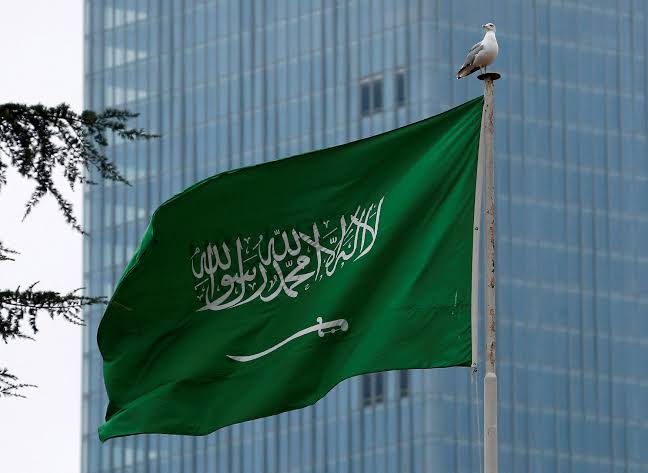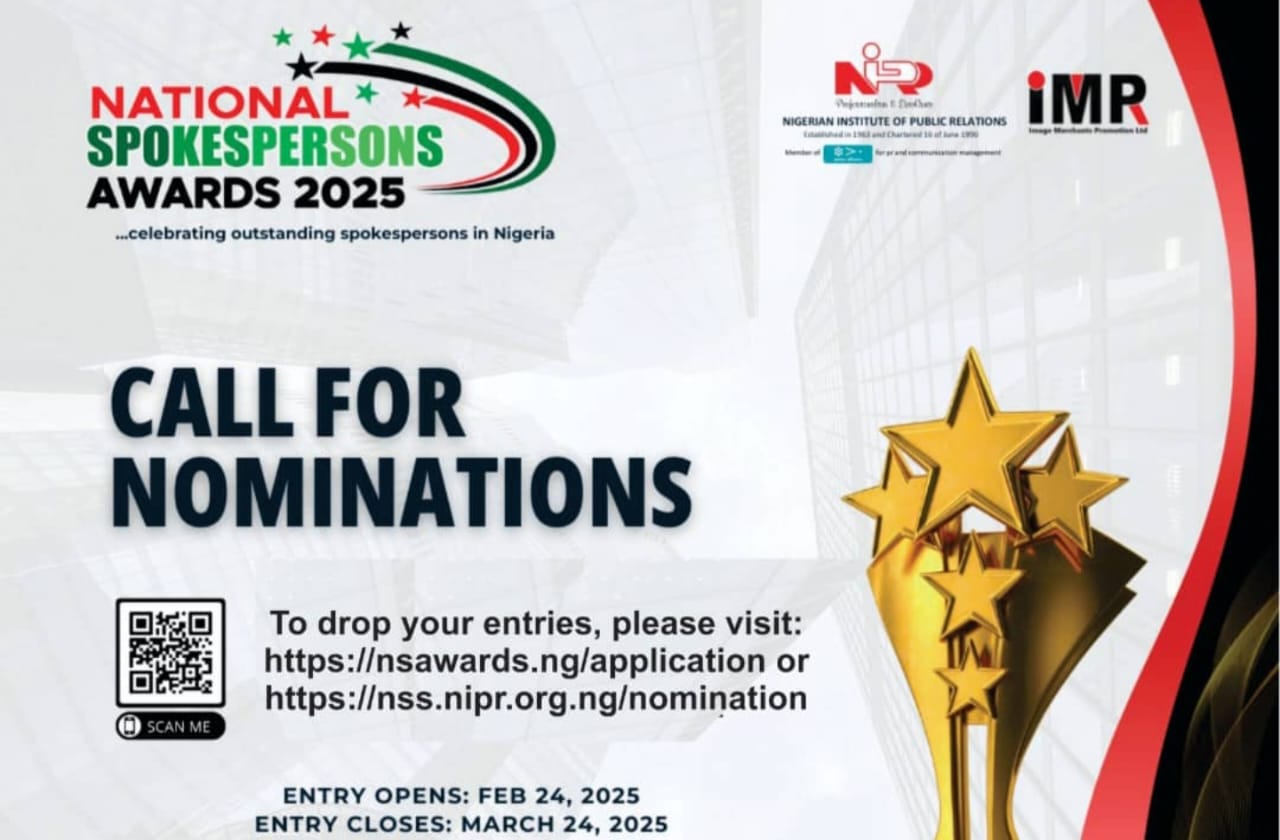
Saudi Arabia: A Strategic Balance Between Modernity and Rich Cultural Heritage By Zekeri Idakwo Laruba
From a desert kingdom to a modern, enviable tourist destination, Saudi Arabia has undergone a remarkable transformation under the leadership of the Crown Prince, Mohammed Bin Salman, emerging from obscurity to take its rightful place on the global stage. With its rich cultural heritage and breathtaking natural beauty, the Kingdom has evolved into a premier travel hotspot, revealing its unique blend of tradition and innovation to the world.
Nonetheless, there are concerns that Saudi Arabia’s Vision 2030 initiative and modernisation efforts may lead to the erosion of the country’s culture and traditional heritage. However, Mohammed AI-Sahabi, the Kingdom’s Press Attaché to Nigeria, has addressed these fears.
In a personal interaction with him, he stated, “Saudi Arabia is embracing modernity, cultural exchange, and investment for economic growth, but we will always preserve our values, culture, and traditional heritage, including our way of dressing.”
In other words, Vision 2030 is not about abandoning the kingdom’s cross-generational traditions.
Saudi Arabia is widely seen as the final destination for tourism. The birthplace of Islam, and millennia-old crossroads of pilgrims and traders, the desert kingdom’s rich culture and diverse heritage have few equals.
In September 2019, the kingdom opened its doors for the first time to the world with the launch of the country’s tourism visa, which saw visitors from around the world flocking to explore Saudi’s ancient history, striking landscapes, and warm hospitality. According to the data obtained from the kingdom’s journal, more than 300,000 applications in the four months following the Visa’s introduction confirmed Saudi Arabia as an exciting new travel hub.
It’s believed that tourism is positioned to become a major driver of the kingdom’s diversified economy. Equally, plans to take advantage of the post-COVID-19 travel boom are well underway through the kingdom’s Ministry of Culture, an agency that was formed under the canopy of Vision 2030.
The nation has already hosted six UNESCO-recognised World Heritage sites, in addition to some 354 historical locations that range from ancient rock art to ruins, original townships, sandstone tombs, and fantastic archaeological treasures.
Buoyed by sizable investments in entertainment, tourism, infrastructure, and leverage of Saudi Arabia’s natural and diverse beauty, tourism will be an engine of job creation and commercial growth, enhancing the kingdom’s international profile and, at the same time, preserving its national identity.
It was reported that in May 2021, the United Nations World Tourism Organisation opened its first Middle East regional office in Riyadh, a feat that recognised the emergence of a new and more open Saudi Arabia.
Another critical milestone is the launch of Saudi Seasons in 2019 by the Saudi Arabia Commission for Tourism and National Heritage, which is a nationwide program that showcases the best and brightest aspects of the kingdom’s Culture and Heritage, both modern and traditional.
By 2030, it is reported that “the tourism sector is predicted to form a thriving pillar of the kingdom’s economy. Investment zeal is robust and growing, with overseas corporations vying for opportunities to invest in planned hotels, tourism, infrastructure, and landmark Vision Projects such as NEOM, the Red Sea Project, and Luxury Tourism Development AMAALA.” Similarly, “more than 3,500 tourism investment licenses have been issued in the kingdom to this very moment.”
With these significant plans and investments in the tourism sector and Vision 2030, Saudi Arabia has emerged as a gateway tourist destination, seamlessly blending the preservation of its cultural and traditional values with modern attractions and experiences.
Zekeri Idakwo Laruba is the Assistant Editor of Image Merchants Promotion Limited.
[email protected]
